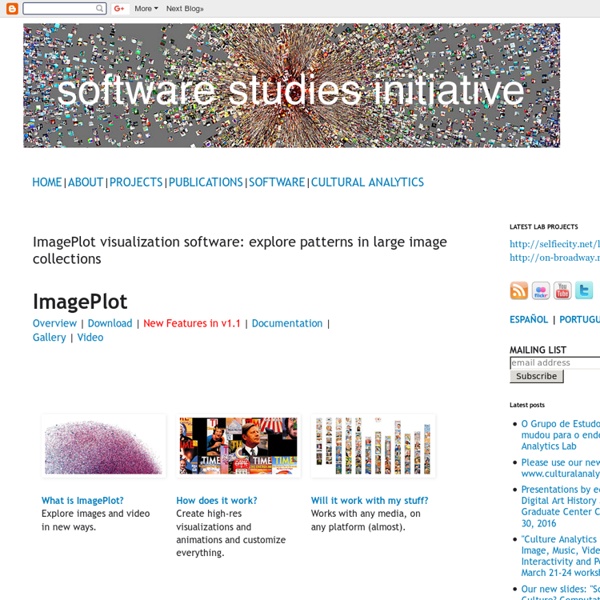In the Air
21 Map Creation Tools for Students and Teachers
Yesterday, I published a review of MapFab which is a fabulous, free, and simple tool for creating maps online. Writing that post got me thinking about all of the other free map creation tools that I've reviewed over the years. Google Maps and Google Earth are my favorite tools for creating maps, but not every school allows teachers and students to download it. Animaps is a service that was built for the purpose of allowing users to create animated Google Maps. Tripline is a service designed to enable anyone to record a trip they've taken or to plan a trip itinerary. Build A Map is a service that allows you to build layers on top of Google Maps. Scribble Maps is a fun and useful application for drawing and typing on Google Maps. Quikmaps is a nice map creation tool that allows you to quickly draw, type, and insert icons on a Google Map without requiring you to have a Google Account. Mapfaire is a free tool for quickly creating maps that contain simple placemarks.
Are you tired of ho-hum cartography advice?
10 Awesome Free Tools To Make Infographics
Advertisement Who can resist a colourful, thoughtful venn diagram anyway? In terms of blogging success, infographics are far more likely to be shared than your average blog post. This means more eyeballs on your important information, more people rallying for your cause, more backlinks and more visits to your blog. Designing An Infographic Some great tips for designing infographics: Keep it simple! Ideas for infographic formats include: Timelines;Flow charts;Annotated maps;Graphs;Venn diagrams;Size comparisons;Showing familiar objects or similar size or value. Here are some great tutorials on infographic creation: Creating Your Infographic Plan and research.If required, use free software to create simple graphs and visualisations of data.Use vector graphic software to bring these visualisations into the one graphic. Ultimately, if you have a little design skill, the very best approach is to create all the simple graphs and illustrations yourself using vector graphic software. Stat Planet Hohli
Free GIS Datasets - Categorised List
3 Tips for Using YouTube Videos In Your Classrom
In my workshop YouTube, It's Not Just Cats & Khan Academy I share a lot of tips and tricks for safely using YouTube in your classroom. One of the topics that I always talk about is how to share and display videos. Here are three of the more popular tips from that workshop. 1. ViewPure is a service that allows you to watch and project YouTube videos without seeing the related sidebar content typically seen on YouTube.com. You can search for YouTube videos through the ViewPure website. To be clear, ViewPure is not a filter work-around if your school blocks YouTube and it is not a tool for downloading YouTube videos. 2. 3. Another way to create a playlist is to use Diigo. This topic and others like it will be covered in much more depth during both Practical Ed Tech Summer Camps in July.
Downloads
Data themes are available in three levels of detail. For each scale, themes are listed on Cultural, Physical, and Raster category pages. Stay up to date! Know when a new version of Natural Earth is released by subscribing to our announcement list. Overwhelmed? The Natural Earth quick start kit (219 mb) provides a small sample of Natural Earth themes styled in in a QGIS document. Natural Earth is the creation of many volunteers and is supported by NACIS. Large scale data, 1:10m Cultural Physical Raster The most detailed. 1:10,000,000 1″ = 158 miles 1 cm = 100 km Medium scale data, 1:50m Cultural Physical Raster Suitable for making zoomed-out maps of countries and regions. 1:50,000,000 1″ = 790 miles 1 cm = 500 km Small scale data, 1:110m Cultural Physical Suitable for schematic maps of the world on a postcard or as a small locator globe.
Computer Assisted Language Learning
Computer assisted language learning is becoming increasingly popular. There are several different types of computer assisted language learning: Click Here to get the English Short Stories Book and Workbook Language learning through software Language learning through the internet Language learning through a company and lessons created for you Each type of learning has its advantages and disadvantages. Language learning software From the beginnings of electronically assisted language learning, with records, tapes, and then CDs, we now have computer assisted language learning software. One of the best known companies in this field is Rosetta Stone (www.rosettastone.co.uk) who offer courses in a number of languages, including English as a foreign language. Like many companies who sell computer software to help you learn a language, the courses consist of: Advantages and disadvantages Using the Internet for computer assisted language learning English Vocabulary Activities Easy English Grammar ESL eBooks
What is Web 2.0
Web 2.0 is the current state of online technology as it compares to the early days of the Web, characterized by greater user interactivity and collaboration, more pervasive network connectivity and enhanced communication channels. One of the most significant differences between Web 2.0 and the traditional World Wide Web (WWW, retroactively referred to as Web 1.0) is greater collaboration among Internet users, content providers and enterprises. Originally, data was posted on Web sites, and users simply viewed or downloaded the content. The social nature of Web 2.0 is another major difference between it and the original, static Web. Elements of Web 2.0 Wikis: Websites that enable users to contribute, collaborate and edit site content. The History of Web 2.0 The foundational components of Web 2.0 are the advances enabled by Ajax and other applications such as RSS and Eclipse and the user empowerment that they support. See Sir Tim’s Ted Talk on the future of the Web:



